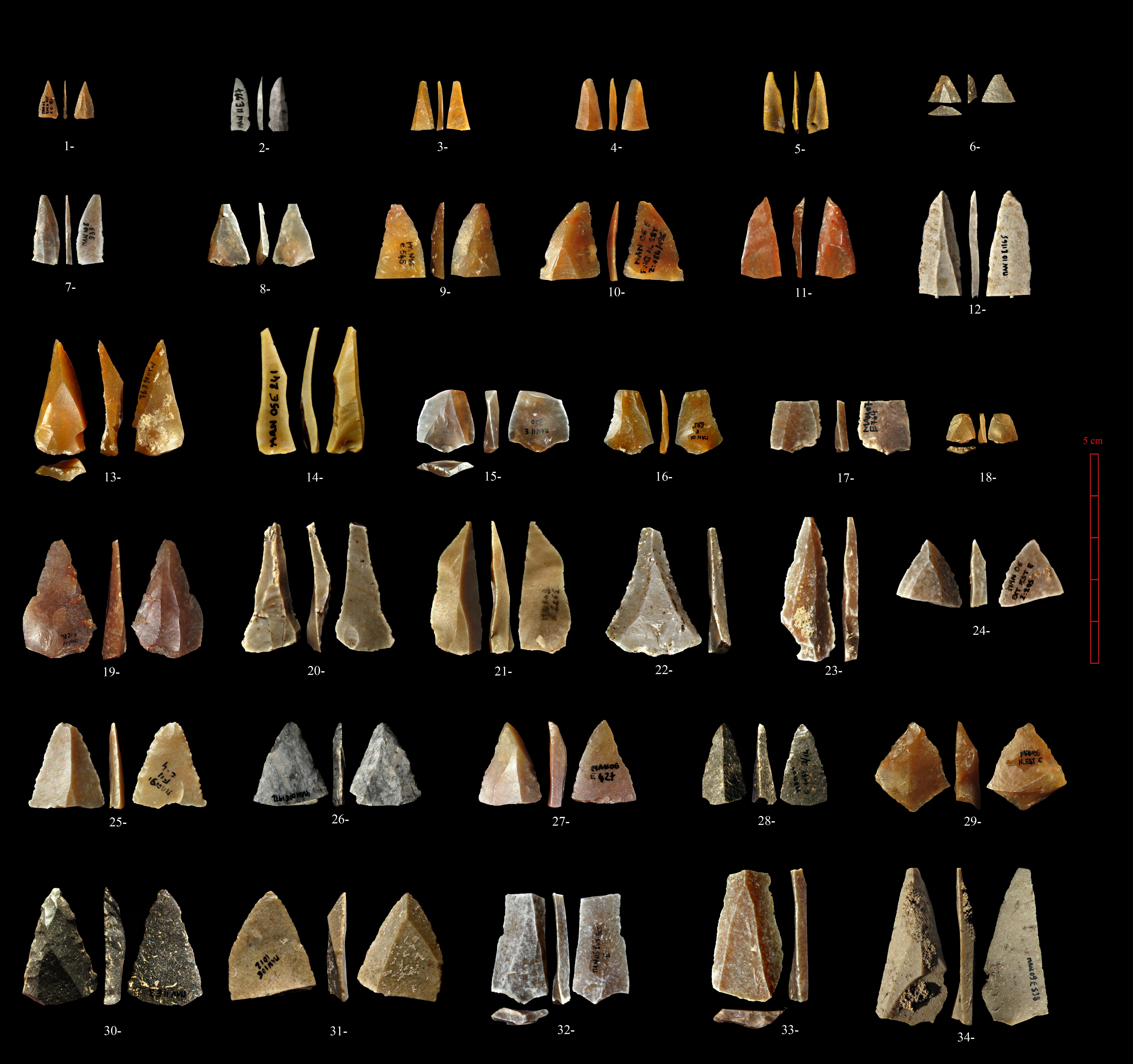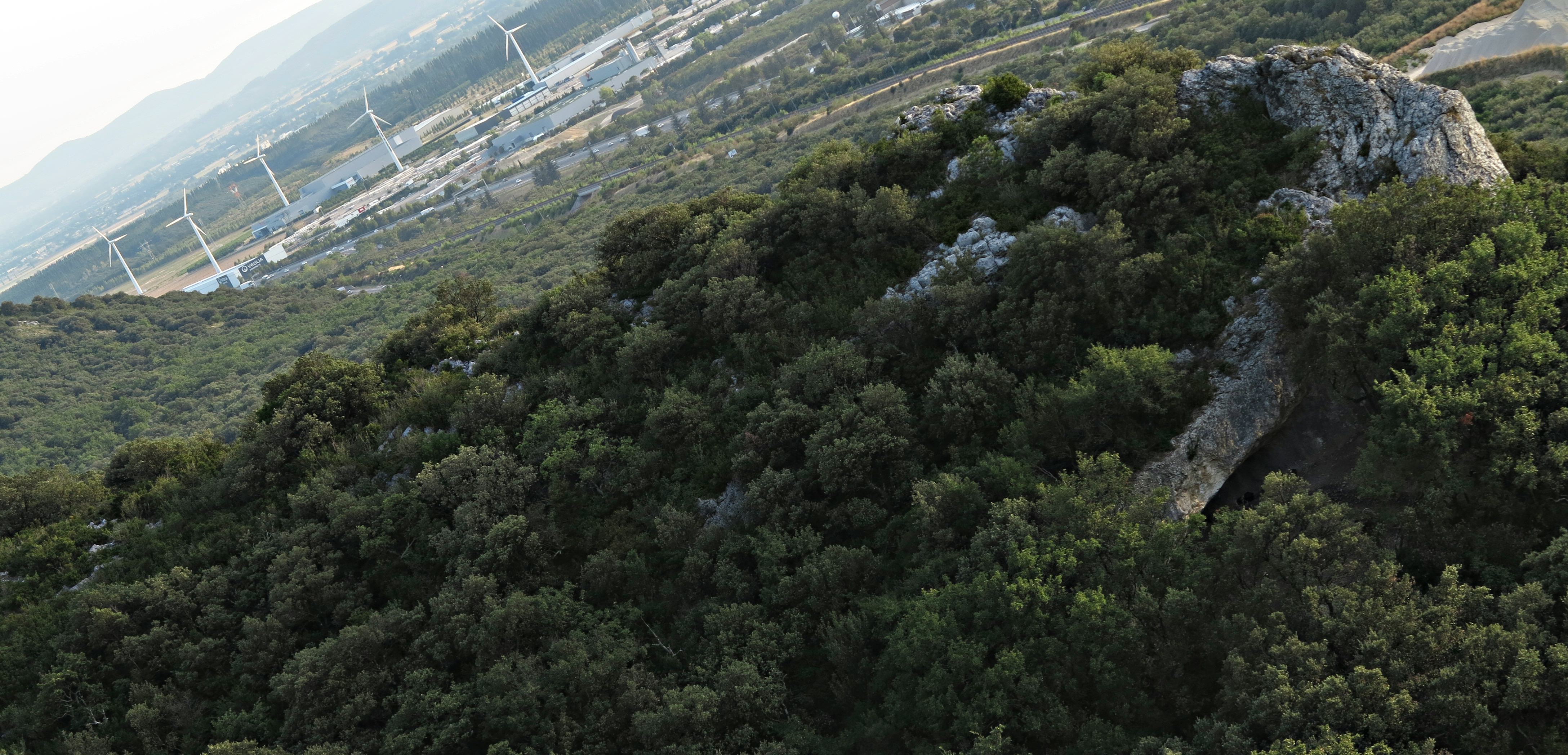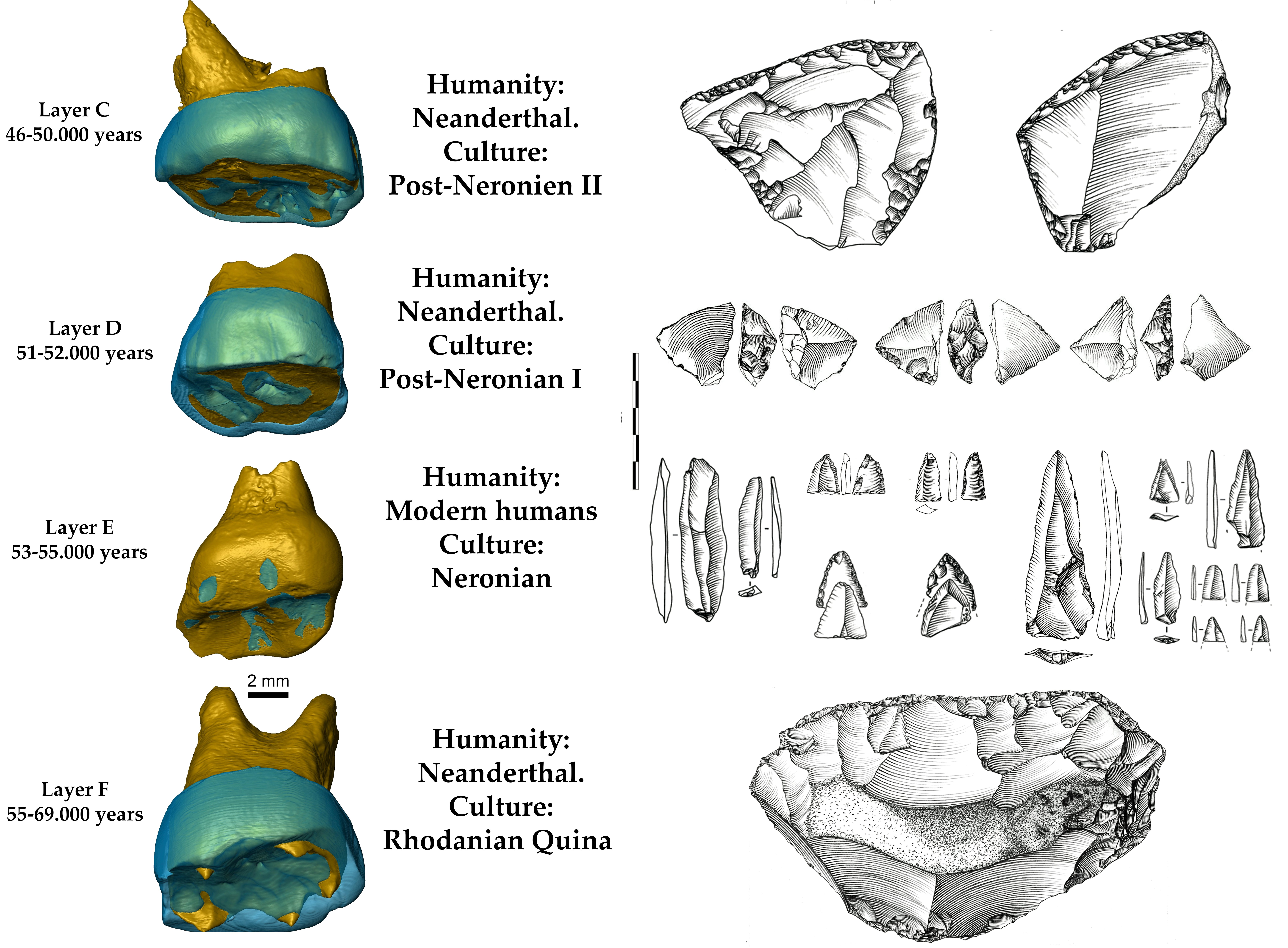
The general consensus has held that, 45,000 years ago, modern humans and Neanderthals lived in Europe together. The evidence for this hypothesis comes from three caves in Italy. But Ludovic Slimak, an archaeologist at the University of Toulouse, and Clément Zanolli, a paleoanthropologist from the University of Bordeaux, have found evidence that threatens to overturn the theory — and wind back the clock.
Slimak began excavating a cave known as Grotto Mandrin in southwestern France in 1990. Thirty-two years later, he’s still unearthing discoveries. In 2018, when he met Zanolli, he suggested they analyze the teeth found in the cave for clues as to who lived there and when. The results of the analysis could change what we know about ancient humans in Europe.
What’s new — Their latest paper, published in the journal Science Advances, has a double reveal. The findings push back the date when humans were in western Europe by about 10,000 years and reveal they likely coexisted with Neanderthals as many as 54,000 years ago.
“Everything is old — it is 54,000 years old,” quips Slimak. The next-oldest evidence we have of humans and Neanderthals in western Europe dates back about 45,000 years ago. Now, ancient teeth and tools — nine hominin dental fossils and 23 flint blades — push that back almost 10,000 years.
Even more curious, the fossils belong to both Neanderthals and modern humans and come from alternating layers of soil in the excavation. In other words, the placement of these fossils indicates that Neanderthals and modern humans lived in the same cave at the same time.

Why it matters — Europeans’ DNA shows that our species must have lived alongside and bred with Neanderthals — modern Europeans’ genomes contain about 1.5 to 2 percent of Neanderthal DNA. Whatever inter-species sex and reproduction occurred between modern humans and Neanderthals, it left its mark for tens of thousands of years — but when or where this interbreeding occurred is not known.
“We don't know exactly when and where it happened,” says Zanolli. “This [cave] could be one of the possibilities.”
The new study also lends credence to the idea Neanderthals were actually more advanced than we once gave them credit for.
“They were hyper-creatives,” Zanolli says, citing the variability among Neanderthal tools. On the other hand, modern humans were “hyper-standardized,” with a clear, consistent design in their tools.
“When you look at Neanderthal traditions, you see an incredible creativity,” he says.

What’s next — Slimak sees this discovery as a testament to the non-linear nature of human civilization and its development. Many people assume that modern humans replaced Neanderthals as the superior homo, but the story this evidence tells suggests this progression was not nearly so neat.
“Human society is not a continuous progress of mechanical behaviors that reach what we are today,” he tells Inverse. “For the first time, we see clearly historical interaction between hominids and human populations.”
This discovery is just one piece of the puzzle. Slimak says he and his team have also found an entire Neanderthal body, making it the first found in France since 1978. There may be even older evidence of humans and Neanderthals living together yet to be found, too. It’s entirely possible that fossils even older than the ones Slimak found exist in other French caves, waiting to be discovered.
Abstract: Determining the extent of overlap between modern humans and other hominins in Eurasia, such as Neanderthals and Denisovans, is fundamental to understanding the nature of their interactions and what led to the disappearance of archaic hominins. Apart from a possible sporadic pulse recorded in Greece during the Middle Pleistocene, the first settlements of modern humans in Europe have been constrained to ~45,000 to 43,000 years ago. Here, we report hominin fossils from Grotte Mandrin in France that reveal the earliest known presence of modern humans in Europe between 56,800 and 51,700 years ago. This early modern human incursion in the Rhône Valley is associated with technologies unknown in any industry of that age outside Africa or the Levant. Mandrin documents the first alternating occupation of Neanderthals and modern humans, with a modern human fossil and associated Neronian lithic industry found stratigraphically between layers containing Neanderthal remains associated with Mousterian industries.







